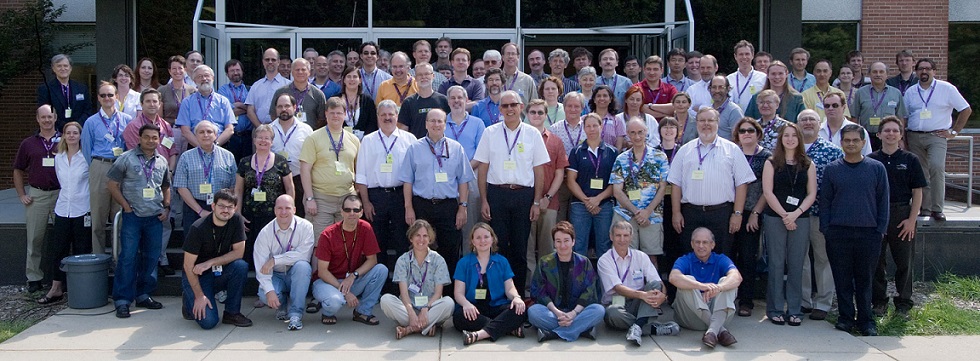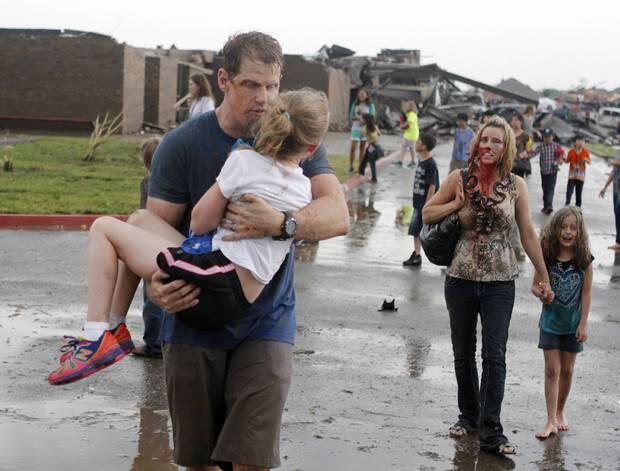As the I CARE Foundation increases their global initiative to prevent world-wide international parental child abduction and trafficking of children, The Hague Conference On Private International Law Secretary General, Mr. Christophe Bernasconi, who oversees The Hague Convention on the Civil Aspects of International Child Abduction has voiced strong support for the utilization of the I CARE Foundation’s International Travel Child Consent Form. Considered a landmark global parental child abduction prevention tool that may be used by both Hague Convention and non-Hague Convention signatory nations, the travel document focuses on preventing the epidemic problem of wrongful retention (abduction) of children abroad who travel during the Christmas Holiday or Summer Vacation period with a parent.
During the Christmas Holiday Season, international parental child abduction around the world surges as carefully planned abduction schemes are implemented. For the vast majority of targeted parents and children, the planned act of international kidnapping is often undetected until the child is wrongfully detained in a foreign country. Sadly, many of these schemes also focus on causing grave malice to unsuspecting targeted left-behind parents, who are often blind-sided by the actions that unfold. In order to protect against international child abduction schemes revolving around the wrongful detention of a child, the I CARE Foundation has created a groundbreaking international travel consent form steep in Hague Convention language intended to help prevent abduction or assist in the immediate return of a child if abduction occurs. Amongst a growing number of worldwide stakeholders who support use of the form is Hague Conference on Private International Law Secretary General Mr. Christophe Bernasconi, who previously stated, “I have had the possibility to look at the travel form and must say that I am impressed: this is the most comprehensive document of its kind that I have seen so far and there is little doubt in my mind that this is a most valuable and important effort to prevent child abduction.”
Secretary General Bernasconi recently issued the following statement as concern for abduction during Christmas is on the minds of all abduction prevention stakeholders: “While the winter holiday season is often one which presents many opportunities for festive family celebrations, it is also a period in which sadly more parental child abductions occur. As a result, it is more important than ever to take steps to prevent the wrongful removal of children so that abductions which are covered by the Hague Convention of 25 October 1980 on the Civil Aspects of International Child Abduction do not occur in the first place.
“Prevention can be achieved in several ways. For example, when one parent intends to travel with his or her child without the other parent, the other parent’s consent to the travel should first be obtained. One of the ways a parent can demonstrate that they have the approval of the other non-travelling parent is by having him or her sign a clear, comprehensive travel consent form which includes a statement that the non-travelling parent agrees to the travel but also that the child is to return to his/her place of habitual residence on or before a specific date. A model travel consent form for this purpose has recently been developed by the I CARE Foundation and is, I understand, already widely used by parents in various jurisdictions. Use of the I CARE Foundation's comprehensive Hague-centric travel form that addresses key aspects of the Hague Child Abduction Convention pertaining to a child's international travel are central to protecting against a child's wrongful retention abroad. The I CARE Foundation's International Travel Child Consent form and similar comprehensive models deserve further encouragement so as to prevent child abduction and perhaps even limit instances of child trafficking in general.”
Carolina Marín Pedreño, a partner at the prestigious London-based law firm of Dawson Cornwell and a fellow of the International Academy of Matrimonial Lawyers known for her global work protecting children added, "As an international family practitioner I have seen how the introduction of the I Care Foundation's Travel Consent Form has reduced the anxiety of parents when agreeing to their children travelling abroad for contact with the other parent, but most importantly has prevented wrongful removals or retentions of those children in a country where they are not habitually resident. The Form is a significant safeguard for parents involved in cross borders relationships. The support of the Secretary General of The Hague Conference brings the hope that this tool will become a common instrument to be used by Child Abduction practitioners globally, to prevent child abductions and to continue to protect children reducing the number of these dramatic cases. I urge all parents and law practitioners to utilize this important tool when children intend to travel abroad.”
Peter Thomas Senese, the Founding Director of the I CARE Foundation and creator of the International Travel Child Consent Form added, "It is deeply rewarding to know that, the 'International Travel Child Consent Form' is having a significant impact on preventing international child abductions around the world. The doctrine has been embraced and utilized by a large number of families around the world. Impressively, children who have traveled using the form have come home. The I CARE Foundation believes that as courts around the world continue to uphold the sanctity of this landmark global child abduction prevention instrument unique in it being one of the first true Hague-centric private sector global abduction prevention tools, we will see a radical decline in international parental child abductions associated with the wrongful retention of children abroad. With our eyes set on protecting the lives of children around the world, I urge all parents who have children traveling abroad – with or without them – to use the I CARE Foundation’s travel form.”
Silvia A. Sejas Pardo, Silvia A. Sejas Pardo, a highly respected Argentinean and Spanish international lawyer based in Spain added, "This travel consent is an effective tool that establishes unquestionable determination of what courts are responsible for a minor’s welfare. Often in the case of international abduction a taking parent will attempt to seek to change jurisdiction of a child’s welfare which is safeguarded by the Hague Convention. However, in cases of abduction the taking parent will attempt to use certain provisions and delicate case law related to the treaty that would enable them to remain abroad with their child. The I CARE Foundation’s travel form protects against this while also providing a cost-effective and quick extrajudicial resolution of disputes in a minor’s mobility. Unquestionably, all children who travel internationally should do so under this document.”
Mexico's Carlos Alvarado is a partner at the International Law Group and considered one of the most knowledgeable international family law attorneys in Mexico. Mr. Alvarado was responsible for codifying and translating the I CARE Foundation's travel consent form into Spanish. Mr. Alvarado added, "As a law practitioner deeply familiar with Hague Convention law and the great challenges parents and lawyers have protecting children targeted for international abduction, it is critical that new and creative abduction prevention tools are utilized to protect children. The I CARE Foundation's International Travel Child Consent Form is an important tool that can and should be used to prevent children from being wrongfully detained in a foreign country. We intend to widely implement this new tool to protect children in Mexico and whenever possible, assist parents who have had a child abducted to Mexico who have utilized this agreement. This is a tool all attorneys should use."
To learn more about the 'International Travel Child Consent Form' please visit the I CARE Foundation: http://www.stopchildabduction.org/Child_Travel_Consent_Form.html

















